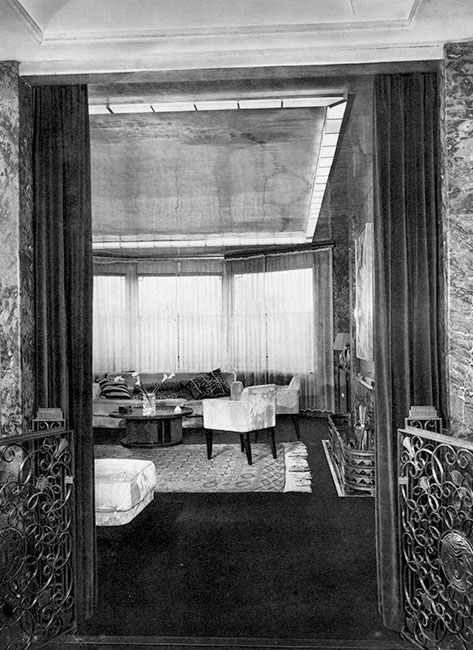Exchanges, Adaptations and Borrowings
‘Soft Modernization’ during the Interbellum
Abstract
Since it became the subject of scholarly reflection and theoretical debate, housing in France has been the subject of my research and my position consists of confronting spatial arrangements with the evolution of customs and life styles. The relations between architecture, culture and living practices are explored, combining the examination of architectural doctrines and the analysis of changes occurring at the same time in French society. These investigations, which are considered on the one hand as part of social history and of a reflection on architectural conception, for example in the two volumes of Architecture de la vie privée,1 also concentrate on an ethnological examination aimed at understanding new ways of life and the modes of evolution of contemporary buildings, as in Urbanité, sociabilité, intimité.
The period between the two World Wars is a particularly rich source for this discussion because it marked the rise of a reflection on minimum social housing and because the fact that one of the rare revolutions in domestic architecture implies the inversion of a trend. In fact, for the first time in France, facilities developed for the working class such as the fully equipped kitchen (1905, Groupe des Maisons Ouvrières – Philanthropic Housing Group) were adopted in luxury housing. Furthermore, a spirit of invention among architects led to iconic buildings that were frequently imitated outside France. However, the official historiography of the Mouvement Moderne has lead us to only consider as modern those architects who rallied to utopian discourses, the rhetoric of rupture and the tabula rasa, and as a consequence, it became unpopular to acknowledge the qualities of the bourgeois house. My intention here is to draft a concise genealogy of bourgeois housing in Paris during the interbellum by describing the evolution of and trends in housing types, but also the exchanges, adaptations and borrowings that took place between the two main categories.



